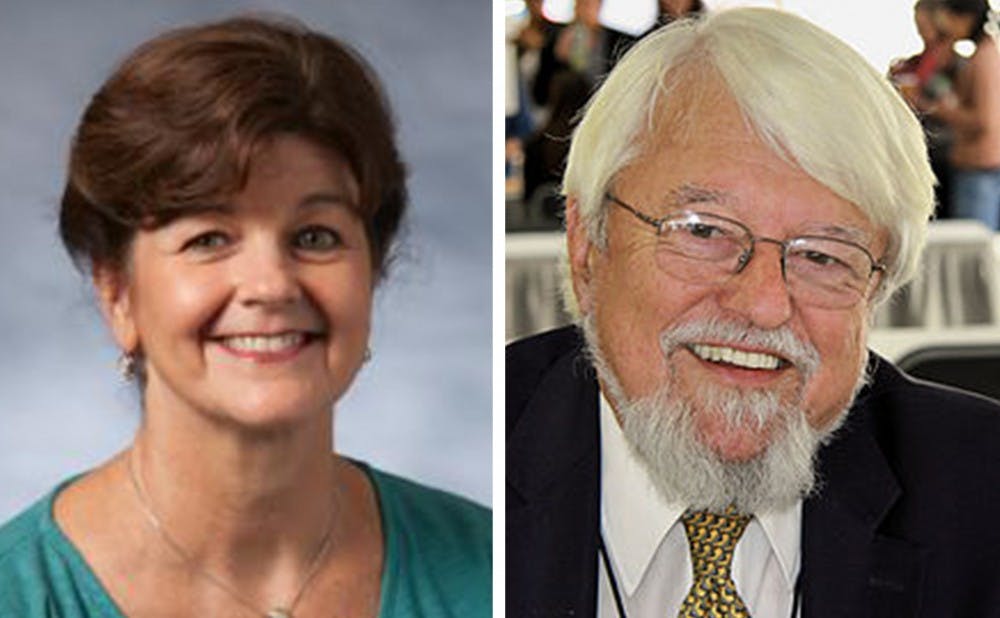Have you ever met a professor with a title like Robert F. Durden professor of biology and wondered 'who even is Robert F. Durden'?
Such a title is an example of a named chair or professorship. All of these titles begin with an endowment and can either be named after the donor or in honor of an important Duke figure, referred to as an eponymous chair.
According to University policy, the donation amount determines which positions can be endowed. For instance, it takes $1 million to endow a visiting professor, $2.5 million for a full professor and $5 million for a dean.
"A donor who endows a professorship will name it after themselves [or] name it after somebody who is meaningful to them, so you see positions around the University that are named in individuals' honor," said Michael Schoenfeld, vice president for public affairs and government relations.
William Chafe, Alice Mary Baldwin professor emeritus of history, noted that Alice Baldwin—former dean of Trinity College—was "one of the most important figures in women's history."
Because of this legacy, a chair was established in her name, and Baldwin Auditorium on East Campus was also named in her honor, he said.
Chafe has a chair named after him as well. Nancy MacLean—whose office is just a few doors down from Chafe’s in the Carr Building—is the William H. Chafe professor of history. Most of these eponymous professorships remain in the same department and create lineages in areas of study.
In Chafe and MacLean's case, both professors study race and gender in the 20th century, and the "William H. Chafe professorship" was established partly to pass on research in that area upon Chafe's retirement.
“In order to be offered a chair, you need to have a record of remarkable achievement as a scholar,” Chafe said.
He added that this often translates to having five or six widely-read books published in a particular field, as well as some amount of international recognition. Duke sometimes offers chair positions in an effort to retain accomplished professors.
The 2016 Faculty Handbook explains that "appointment to a named chair is the highest honor the University can bestow upon a member of its faculty." Duke has four other types of distinguished professorships in addition to individually-named chairs—James B. Duke professorships, Bass Chairs, interdisciplinary university professorships and university distinguished service professorships.
James B. Duke professorships were created by a special grant from the Duke endowment and honor individuals who have "achieved singular distinction as creative scholars." Bass Chairs recognize scholar-teachers, and interdisciplinary university professorships are given to scholars for their ability to transcend disciplines. In addition, university distinguished service professorships recognize exceptional service to the University, usually in an administrative role.
Although departments can suggest individuals for professorships, the provost ultimately recommends candidates, and the Board of Trustees gives the final approval.
Once a professor earns an eponymous chair, they can keep the title until retirement, at which time it passes on to the next professor, Chafe said.
There are some exceptions to the same-department trend. Susan Alberts, Robert F. Durden professor of biology, has a title named after a former member of the history department.
"The University bears special witness to its intellectual commitment through its program of distinguished professorships," according to the Faculty Handbook.
Get The Chronicle straight to your inbox
Signup for our weekly newsletter. Cancel at any time.

